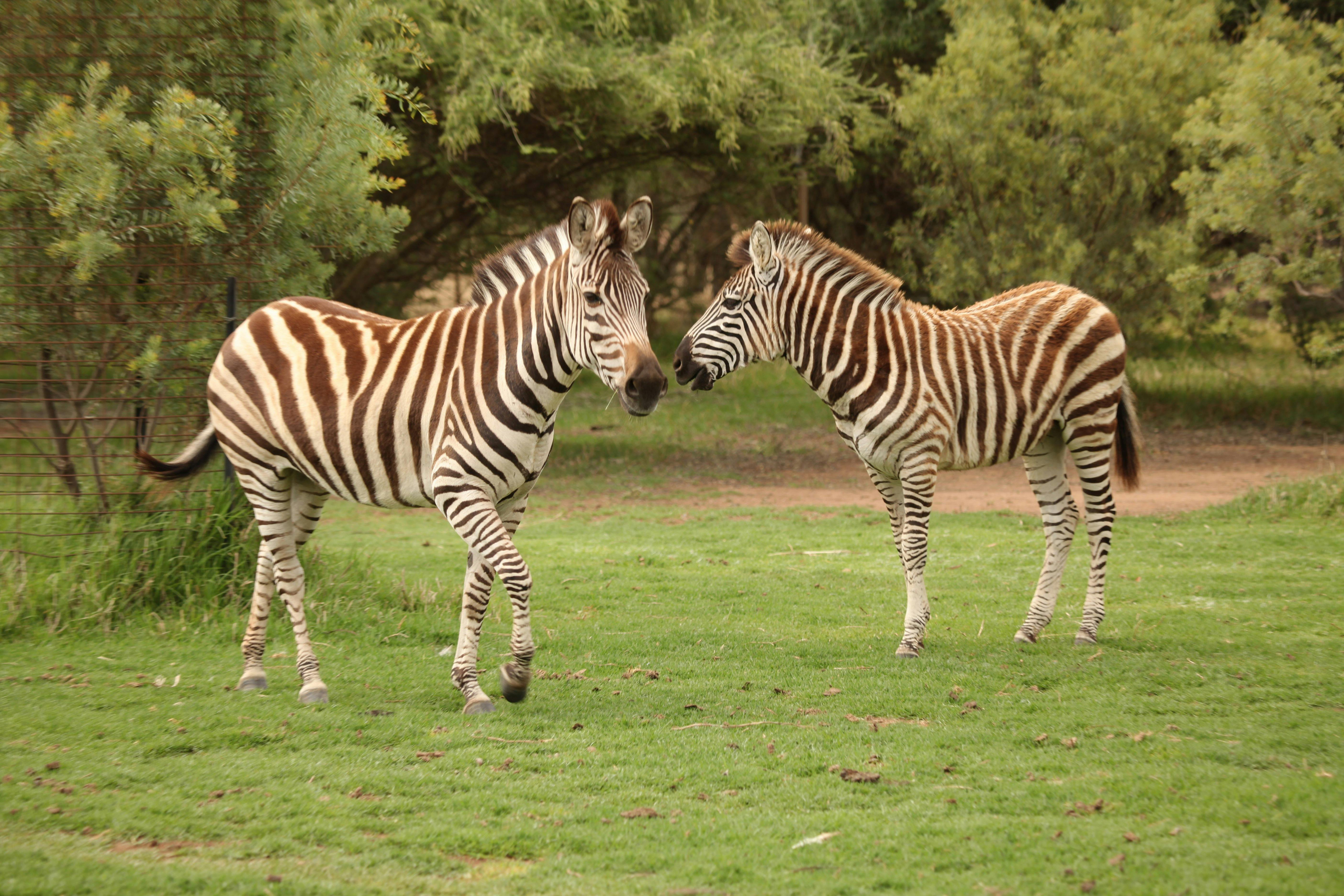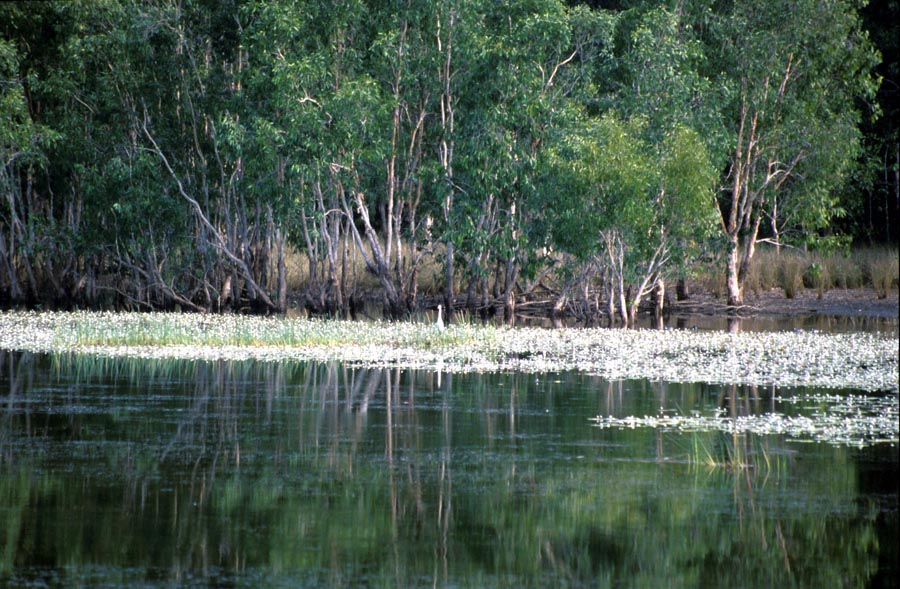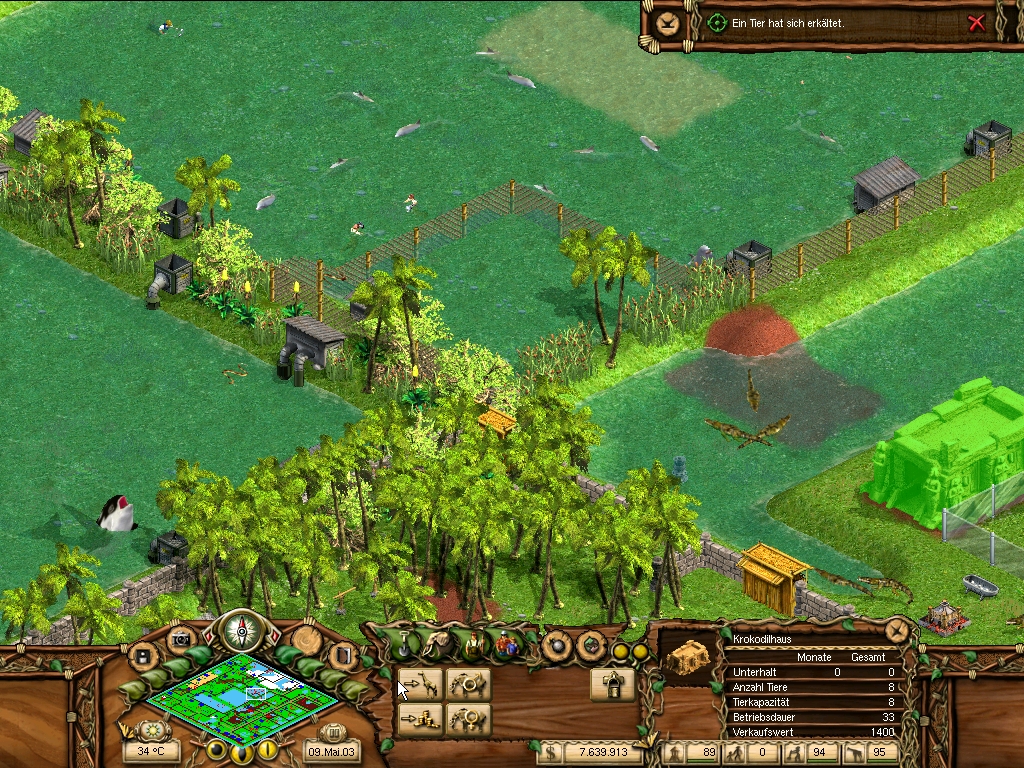
This device suspends food items on a wire that travels 10 feet (3.0 m) off the ground, at approximately 65 kilometres per hour (40 mph).Īs part of the park's conservation and education mandate, an education centre was opened, and runs courses on a range of topics including ecology and conservation. Further development Cheetah run Ĭheetahs, by their nature, will not work for food if they do not have to, and to exercise the animals and for behavioural enrichment reasons, the park installed a "Cheetah Run" in 2006.

The first animals started to arrive to Fota Wildlife Park in late 1982, and Fota Wildlife Park was opened in the summer of 1983 by the then President of Ireland, Dr. All the funds for the development were raised from public subscriptions, apart from a grant from Bord Fáilte for the perimeter fence. Fundraising committees were set up in both Dublin and Cork. Fota Wildlife Park became a joint project of the Zoological Society of Ireland and University College Cork. University College Cork offered the land free of charge under license agreement. The same year it was formally agreed that the society would establish a wildlife park at Fota. So in 1979, the director of Dublin Zoo proposed to the Zoological Society of Ireland Council that a wildlife park should be established, and the site at Fota Island was proposed. In the meantime, Dublin Zoo had reached maximum development with the space available. The estate was sold to University College Cork in 1975. While the family's lands were originally more extensive, they dwindled over time until they were restricted to Fota Island.


History and development Foundation įota Island was the former home of the Smith-Barry family, descendants of Normans who came to Ireland in the 12th century. Fota Wildlife Park also has red pandas, tapirs, siamang gibbons and other types of animals.

Some of the animals roam freely with the visitors, such as the ring-tailed lemurs and wallabies, while larger animals, including the giraffe and bison, live in paddocks with barriers that are intended to be unobtrusive for visitors to view the animals in a more natural environment. The park is home to nearly 30 mammal and 50 bird species. The park had an attendance of 455,559 visitors in 2017, making it the eleventh most popular paid attraction in Ireland for that year. Opened in 1983, it is an independently funded, not-for-profit charity that is one of the leading tourism, wildlife and conservation attractions in Ireland.


 0 kommentar(er)
0 kommentar(er)
